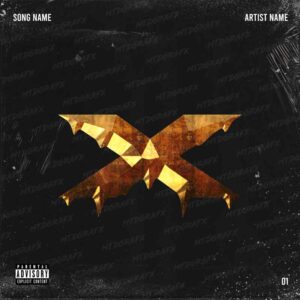Guide on Acquiring Web Design Skills: Essential Technical and Soft Skills
To embark on a successful journey as a web designer, it’s crucial to grasp the necessary technical skills and complement them with essential soft skills. Let’s dive into the key components that can equip you for a thriving career in web design.

1. Visual Design:
While it’s evident that design knowledge is fundamental for web designers, understanding visual design, a subset of the broader design field, is crucial. At Skillcrush, we prioritize visual design education, focusing on digital products and laying the foundation for success in various design careers, including web design. Learning visual design encompasses grasping fundamental design principles, ranging from proportions and typography to grid systems and color theory.
2. UX (User Experience):
UX, or user experience, revolves around how individuals feel when using a website. Prioritizing a user-friendly approach is paramount in UX design. This involves researching users, creating personas, developing site maps, and understanding user flows. Implementing responsive design to cater to diverse screen sizes and enhance functionality, regardless of the device, is integral to UX design.
3. Graphic Design and Web Design Software:
Acquiring proficiency in industry-standard web design and graphic design tools is essential. Software like Adobe Photoshop, Adobe Illustrator, and Sketch are indispensable for tasks such as creating mockups, designing logos, and enhancing images. Familiarizing yourself with these tools is crucial for effective web design.
4. HTML (HyperText Markup Language):
While it might be surprising, some level of coding knowledge is expected for most web design jobs. HTML is the programming language used to structure content on a web page, turning words into headlines, paragraphs, and other elements. Understanding HTML is vital for shaping the front-end structure of a website.
5. CSS (Cascading Style Sheets):
Complementing HTML is CSS, a coding language that dictates how HTML content is formatted and styled on a web page. CSS enables designers to enhance the visual appeal of text and other content, allowing for creative customization in terms of colors, fonts, and design elements.
6. JavaScript:
Adding JavaScript to your skill set provides a significant advantage. As a programming language for both front-end and back-end development, JavaScript enables the creation of interactive elements on a website. This includes features like automatic updates, personalized website appearances, image sliders, and more.
Soft Skills Every Web Designer Needs:
7. Time Management:
Staying organized and effective in web design work requires adept time management. Whether freelancing or working for a company, mastering productivity tools and project tracking applications is crucial for success in the fast-paced world of web design.
8. Communication Skills:
Effective communication is non-negotiable for a web designer. Keeping clients informed about project progress, pitching ideas, and explaining design concepts are essential aspects of the job. Strong writing and presentation skills are valuable assets in conveying messages to clients and colleagues.
9. SEO/Digital Marketing/Social Media:
Understanding the basics of SEO, digital marketing, and social media is advantageous for a web designer. As the internet plays a pivotal role in modern business, having a grasp of these concepts contributes to a comprehensive skill set.
10. Business/Client Management:
For both employees and freelancers, understanding the business side of web design ensures profitability and sustainability. While an MBA may not be necessary, having insights into the goals and finances of your employer or business is crucial. For designers working directly with clients, managing cash flow and project backlog is vital for short and long-term success.
In conclusion, the question of whether web design requires coding can be addressed with a nuanced perspective. While it’s true that web designers can create visually appealing and functional websites without extensive coding knowledge, having a foundational understanding of coding languages such as HTML and CSS can undoubtedly enhance their capabilities. The evolving landscape of web design, coupled with the demand for interactive and dynamic websites, suggests that familiarity with coding can be a valuable asset.
For those who prioritize the visual aspects of design, various tools and platforms allow the creation of websites without delving deep into coding. However, embracing coding languages like HTML and CSS empowers web designers to have more control over the intricacies of their designs, implement custom features, and troubleshoot issues effectively.
Ultimately, the choice to learn coding as a web designer depends on individual preferences, career goals, and the specific requirements of the projects undertaken. Whether opting for a code-free approach or diving into coding languages, the key is to stay adaptable in the ever-evolving field of web design, ensuring the delivery of innovative and user-friendly digital experiences.




